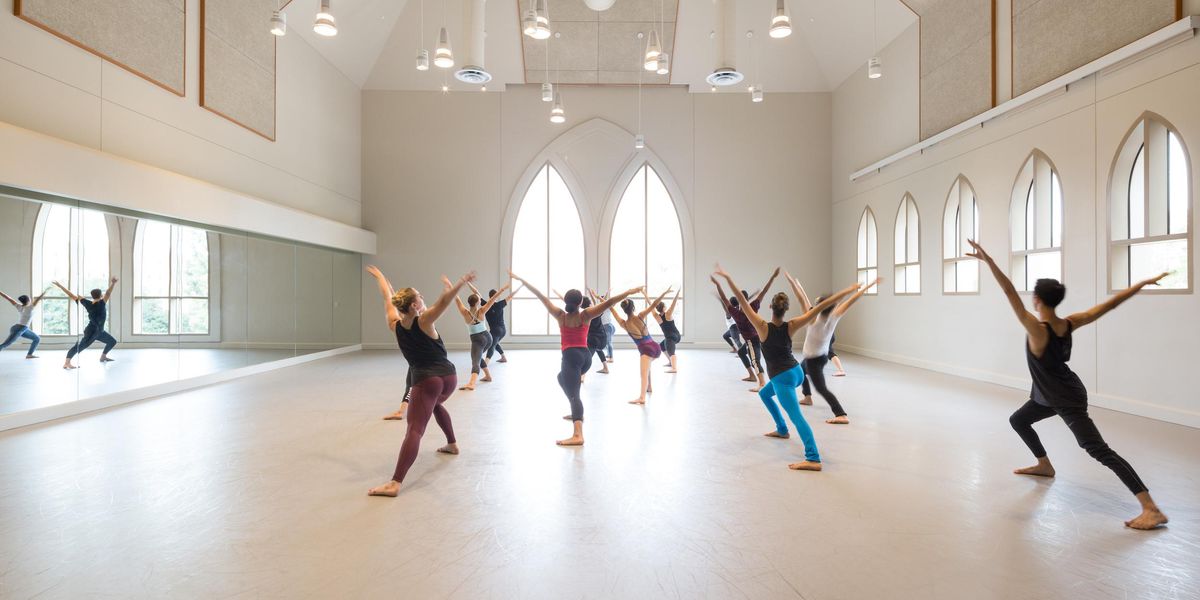Pacific Northwest Ballet
New Works
Marion Oliver McCaw Hall
Seattle, WA
March 16–24, 2012
Performance reviewed: March 17
Continuing its adventurous programming, Pacific Northwest Ballet brought three young international choreographers to Seattle.
In A Million Kisses to My Skin, British choreographer David Dawson celebrates the athletic prowess and exuberant spirit of its nine dancers—not to mention the upbeat side of Bach. It has a bit of the Forsythe swagger: Sarah Ricard Orza saunters forward and then breaks into full-out dancing (a ploy that a colleague in the audience dubbed “I’m too sexy for my leotard”). Dancers scoop and dash through space, passés are pulled off kilter, and lifts burst open into split leaps. Sliding on pointe adds a touch of deviltry. The nonstop high energy of these joyful dancers was rewarded with warm applause. It was a hit.
More interesting but less immediately successful were Annabelle Lopez Ochoa’s Cylindrical Shadows and Victor Quijada’s Mating Theory. Both revealed vivid, individual styles but needed editing and shaping.
Lopez Ochoa begins her piece with nine dancers facing front in a series of gestures—lift an arm, hand goes to chin, droop and rebound—that develops beautifully into full-body twists and swings. There’s a tinge of sadness, possibly from the recording of Glenn Gould playing Bach (the elegiac side of Bach), or possibly from a single dancer falling down every once in a while. While leaving the stage, the group banks in an arc like a flock of birds. (An intriguing video has been made of this opening section.)
Duets and trios ensue, but the most dynamic scene is a cluster of four guys wherein each action sets off another action. They are a sculpture that keeps remaking itself.
PNB dancers in Annabelle Lopez Ochoa’s
Cylindrical Shadows
An understated motif recurs amidst all the activity: Off to the side one dancer sits quietly atop a reclining dancer. Is this about waiting? About dependence? We get a clue near the end. After a gorgeously lyrical duet between Kaori Nakamura and Lucien Postelwaite (in which Nakamura melds pure ballerina essence with intense feeling), Postelwaite drops to the floor, completely still. Nakamura stands over him, stunned, for some time. Then she covers him with her body. The group runs offstage in the flock-of-birds arc again, taking Nakamura with them but leaving Postlewaite on the ground. It’s a poignant ending that seems to suggest the acceptance of the death of a beloved.
What held Shadows together was the mysteriously changing image of actual cylindrical shadows on the backdrop, created by lighting designer Michael Mazzola. At times a mere cluster of stalks, at other times a whole forest, haunting in its shadings, this visual shifting was more consistent than the music collage, which at times seemed to lose its way.
Rachel Foster and Lucien Postlewaite in Victor Quijada’s
Mating Game
Victor Quijada is a wizard at pairing street dance with classical music. But those two opposing aesthetics got diluted in his Mating Theory, a world premiere (his second with PNB). Ten dancers engage in a hunkering-down, liquid martial-arts mode that was fascinating at first but eventually lost steam, lacking dynamic variation. Ditto for the sound score, by turntablist Jasper Gahunia, which sampled a variety of tones and textures.
Rachel Foster stood out for an almost animal instinct; in her final duet with Postlewaite they seem to be tracing each other’s energy field. A beautiful, soulful comment on mating.
All photos: © Angela Sterling, courtesy PNB.
Pictured at top: Seth Orza and Carla Körbes in David Dawson’s
A Million Kisses to My Skin




